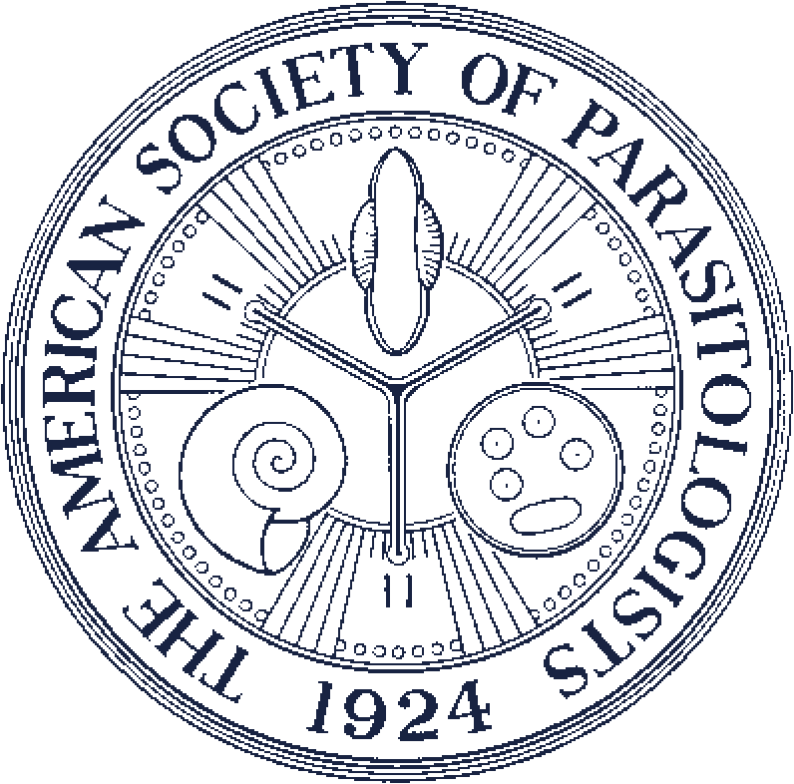Extraction of Nucleic Acids from Ancient Formalin- and Ethanol-Preserved Specimens of the Tapeworm Bertiella studeri: Which Method Works Best?
In this study we show that intact DNA can be recovered from both alcohol- and formalin-preserved specimens of the parasitic tapeworm Bertiella studeri for >1 yr after the original fixation and can be successfully amplified and quantified using real-time polymerase chain reaction (RT-PCR). Three different DNA extraction techniques on formalin- and alcohol-fixed material were evaluated to determine which is best suited for obtaining DNA of sufficient yield and purity to be used in downstream applications such as RT-PCR. These techniques included a first organic extraction procedure with an extensive washing step based on a glycine-containing buffer, a second organic extraction procedure that omits the glycine-containing buffer and halves the number of washes in organic solvents, and a third procedure that involves the use of a silica-based DNA binding column from Qiagen©. The quality of extracted DNA was first examined by agarose gel electrophoresis and ethidium bromide staining and the concentrations were evaluated by OD260. We then used an RT-PCR Applied Biosystems TaqMan® Fluorogenic 5′ Nuclease Gene Expression Assay based on the detection of a universal eukaryotic 18S rRNA gene sequence to evaluate the efficiency of the 3 methods. Here we report that, first, the use of a silica column-based DNA extraction technique results in the maximum yield of DNA, on average 55% higher than for the organic extraction methods; second, the use of glycine as a formaldehyde-binding agent in the washing buffer does not necessarily result in a better DNA yield and; third, specimens preserved in ethanol result in significantly higher yields of amplifiable DNA than do specimens preserved in formalin. We, therefore, strongly recommend the use of ethanol as the appropriate fixative if specimens are to be used for molecular work. This is the first report of DNA extraction from preserved specimens of Bertiella studeri.Abstract:

Agarose gel electrophoresis of genomic DNA using Protocol 1, Protocol 2, and Qiagen extraction methods (Protocol 3). Amounts of DNA loaded were 5 μl/lane. Lanes 1–3: DNA extracted using Protocol 1 from M01, M02, and M03 samples respectively; lanes 5–7: DNA extracted using Protocol 2 from M01, M02, and M03 samples respectively; lanes 9–11: DNA extracted using Protocol 3 from M01, M02, and M03 samples, respectively.

DNA yields using 3 different extraction methods. S1: Qiagen protocol, 25 mg starting material; S2: Qiagen protocol, 100 mg starting material; S3 and S4: Protocol 1; S4 and S5: Protocol 2.
Contributor Notes
